One is obligated to become intoxicated on Purim until one cannot distinguish between “cursed is Haman” and “blessed is Mordechai” (Talmud, Megillah 7b).
Purim is like the Jewish topsy-turvy day.
Unlike many Jewish holidays, which are marked by serious and meaningful customs like lighting the menorah or holding a seder, Purim’s main edict seems to be: have fun.
On the holiday that celebrates the downfall of the evil Haman and the saving of the Jewish people from destruction, adults and children alike dress up in costumes, put on satirical spiels and conclude the holiday by eating a festive meal — and getting drunk.
Now, concern over the rise in teenage alcoholism in the Orthodox community has led some rabbis and organizations to protest this last custom.
This year, the Orthodox Union (OU) and the National Council for Synagogue Youth (NCSY) have produced a brochure aimed specifically at teenagers to combat the issue of drinking on Purim.
The brochure is being distributed to some 10,000 OU synagogues and NCSY chapters throughout the country and can also be downloaded from the NCSY Web site (www.ou.org/ncsy).
The two-page pamphlet features cute diagrams printed in wine-colored text. It explodes the idea that you’re “supposed” to drink on Purim, and has catchy headlines that include “Breaking News: A nonalcoholic version of wine is now widely available! It’s called grape juice.”
“Purim in general is an amazing wonderful holiday but a lot of kids take it to excess,” said Rabbi Steven Burg, national director of NCSY. “It’s important to send a message in this brochure that this is not carte blanche. It’s not a Jewish frat party where it’s OK to get trashed in this 24-hour period.”
Burg said that Purim was chosen to launch the pamphlet because it’s a major holiday in the Orthodox community.
“Over the years drinking on the holiday has been taken to excess and I don’t even think we realize it,” he said.
But combating drinking on Purim is not the end goal of course; it’s putting an end to teenage alcoholism and all forms of substance abuse — a trend that’s on the rise, say those who work with teenagers.
Some current events have made the problem more pressing. In November 2004, 42 high school kids were arrested for drug and alcohol abuse at a party of a Livingston, N.J., yeshiva student. And, just last month, an Encino boy died from a drug overdose while in yeshiva in Israel, while four others were arrested there on drug dealing charges.
Many in the Orthodox community have recently demanded some institutionwide action against an often hidden problem among kids. And Purim — along with other religious events that encourage drinking — has also come under fire.
Last month, the OU called for an end to Kiddush Clubs — an ever-popular Shabbat morning custom where some synagogue congregants leave services during the haftarah reading for bite to eat and a drink or two.
Despite protests from congregants, some synagogues have taken action. Young Israel of Century City was among the first, sending out a letter to its members to say that a Kiddush Club “sets an inappropriate example for our children,” and citing a young man who said the beginning of his substance abuse began as a child with alcohol at his shul’s Kiddush Club every Shabbat morning.
Certainly, the rise in substance abuse among teens is not confined to the Orthodox community, but the OU’s new task force signifies that the religious community is taking notice.
The whole community is in denial, said Rabbi Mark Borowitz, the founder and director of Beit T’Shuvah, a Jewish rehabilitation house who himself is a recovering alcoholic.
“None of us have wanted to face this problem,” he said. “And the OU should really be commended for saying OK, we have this issue and we’re not just going to sit around and do nothing.'”
Borowitz says teenage alcoholism is on the rise across the board.
“Kids are looking for something to get out of themselves and that’s always problematic,” he said. “As things get worse in the world there’s more hopelessness and there’s more need to escape.”
Burg said that the community’s denial of the problem is melting — and that the OU’s new anti-drug task force will help. Under the banner of “Safe Homes, Safe Shuls, Safe Schools,” the new program will hold meetings, provide educational material and guest speakers throughout the country. In addition, NCSY has posted materials on its Web site discussing the dangers of drug and alcohol abuse. There is also a sign-up list for kids to publicly promise to avoid taking drugs and alcohol.
“We want our kids to have a clean, moral life,” Burg said. “And we need to bring a heightened awareness to parents to keep their eyes open. Teenagers are not adults. They still need love and a hug and understanding.”
Burg, who is hosting 150 teenagers this year at his house, will lead by example: this year he will only serve grape juice.
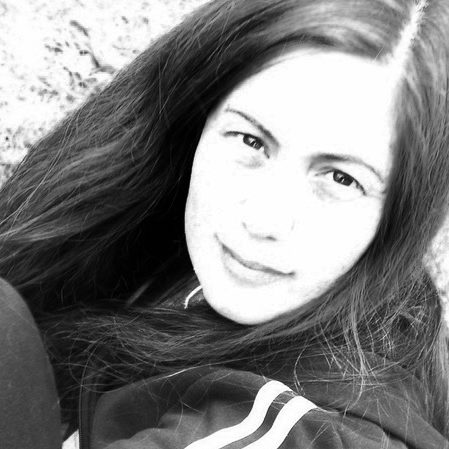






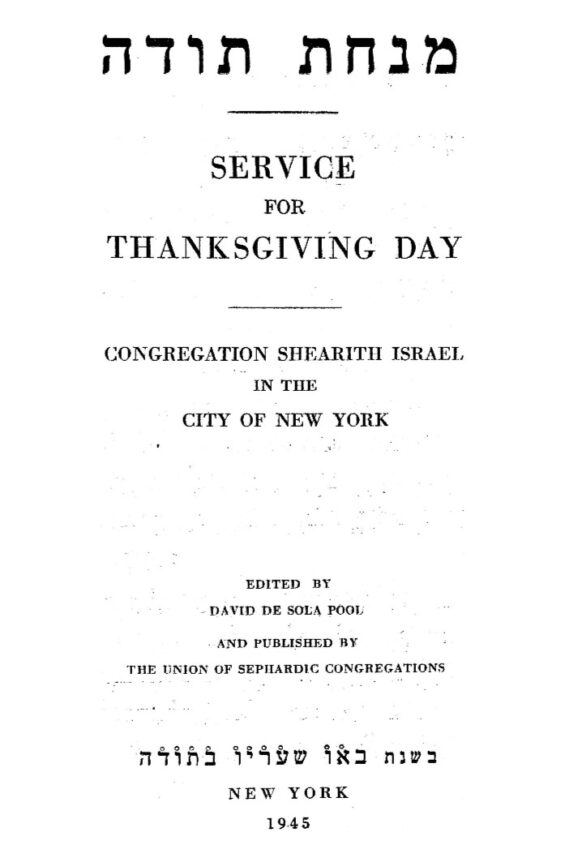


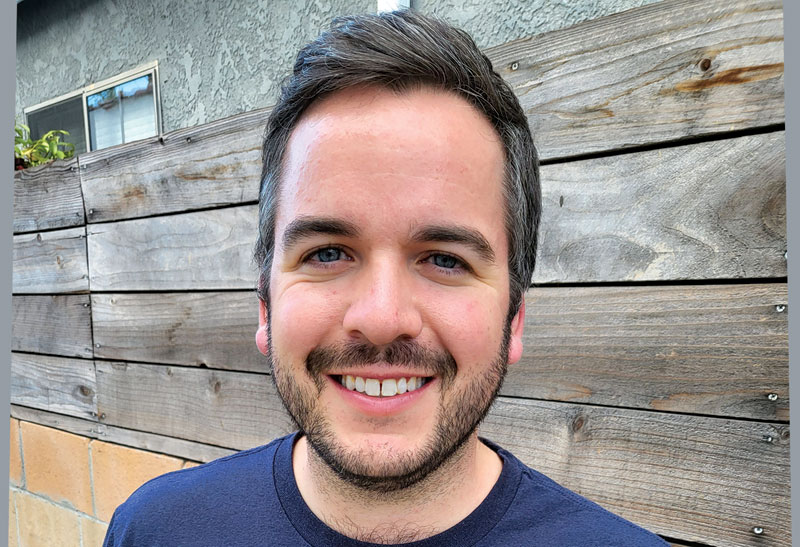
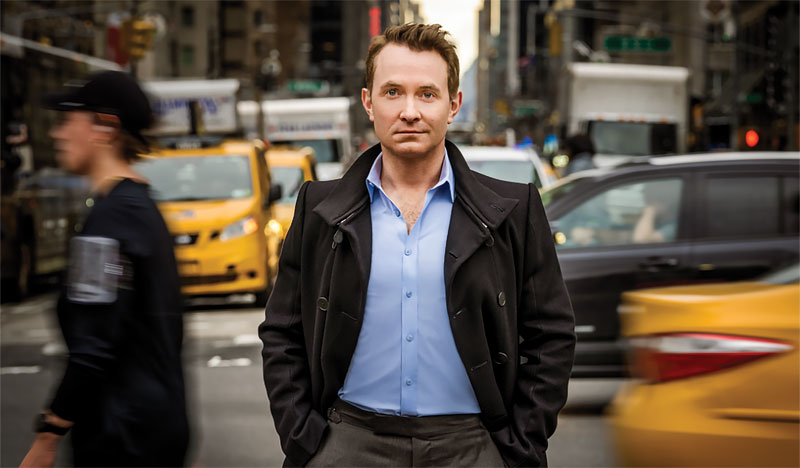
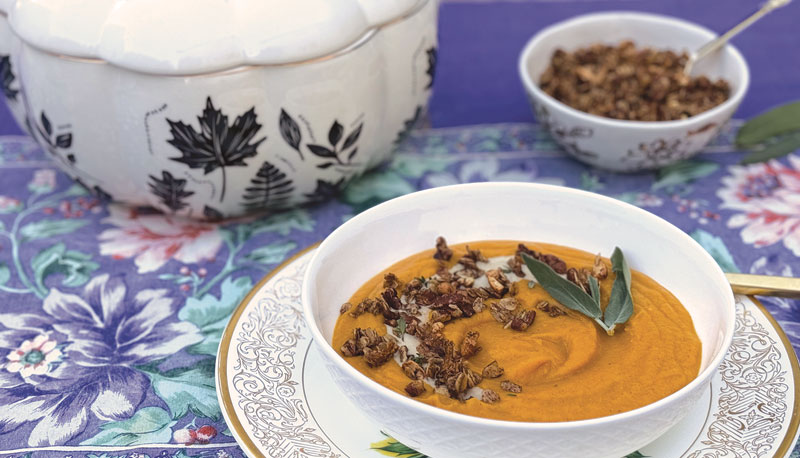

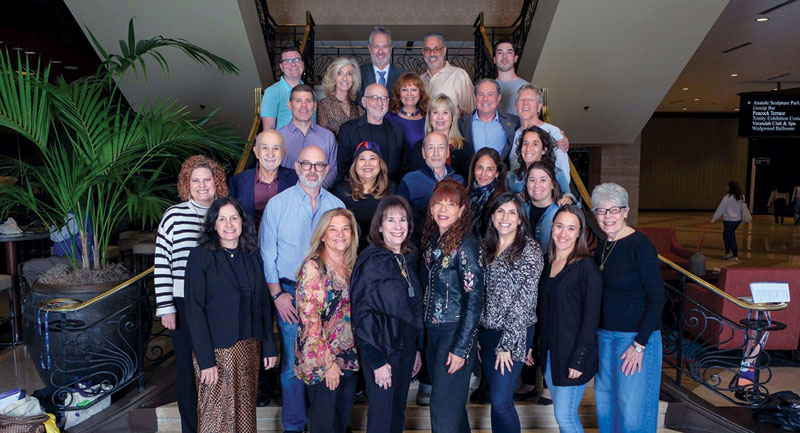

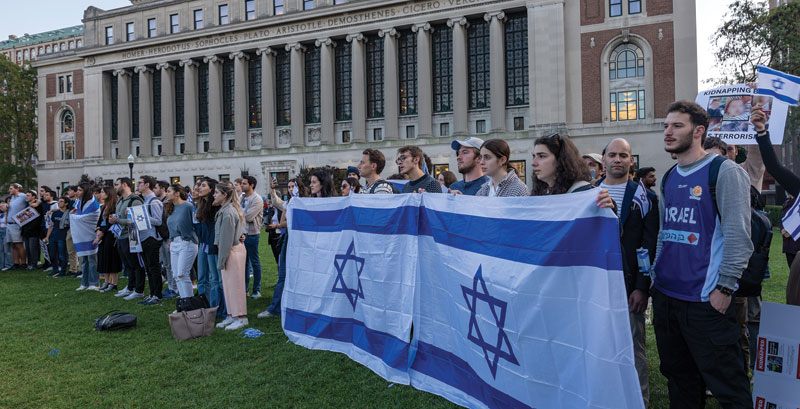
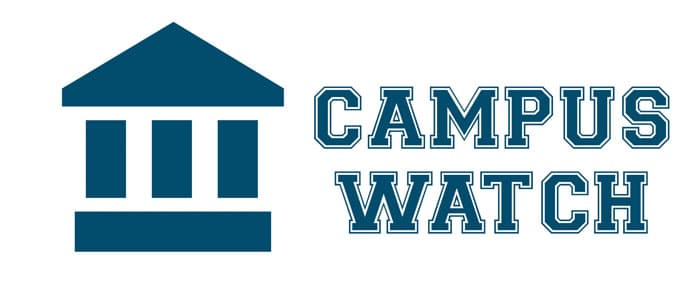





 More news and opinions than at a Shabbat dinner, right in your inbox.
More news and opinions than at a Shabbat dinner, right in your inbox.